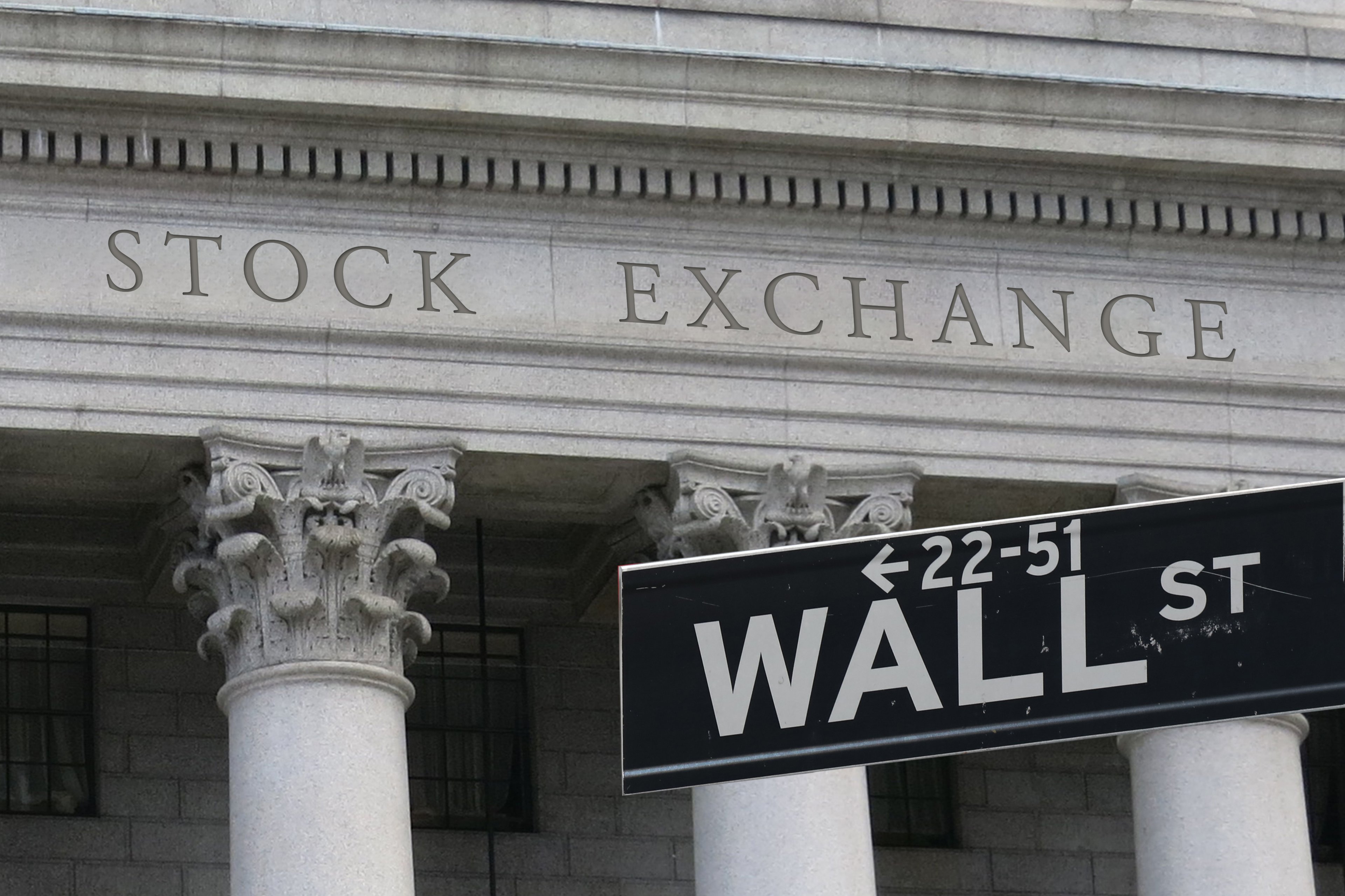Can banks maintain their current dividends after what could be an extremely dicey second quarter? What about JPMorgan Chase (JPM +0.93%), the biggest U.S. bank? To answer that question, we'll need to see what would happen if JPMorgan fell below a certain threshold on a key regulatory standard -- the common equity tier 1 capital (CET1) ratio.
The CET1 ratio is a measure of a bank's core capital compared to its total risk-weighted assets, expressed as a percentage. It shows us a bank's ability to withstand financial distress, and it can give income investors a hint as to whether the bank will be able to continue paying its normal dividend.
Being the largest bank in the U.S., JPMorgan must maintain higher capital levels than every other U.S. bank. If its CET1 ratio falls below 10.5%, that would trigger regulatory restrictions regarding how much it can pay out to shareholders. In the first quarter of this year, JPMorgan's CET1 ratio fell to 11.5%, down from 12.4% three months earlier. If its CET1 ratio falls below 10.5% after the second quarter and the bank doesn't report roughly $1 billion in net income -- a little over a third of what it reported in Q1 -- I think it may be forced to cut its dividend.
Why is this? Let's investigate.

Image source: Getty Images.
Payout restrictions
Quarterly capital distributions such as preferred and common dividends are typically paid out of a bank's net income. So if a bank reports $1.8 billion in profits in a quarter, it can typically pay that full amount out as long as its regulatory capital is above a certain threshold.
In the first quarter of 2020, JPMorgan only reported earnings per share of $0.79, yet paid out its regular quarterly dividend of $0.90 per share, representing a 114% dividend payout ratio. The company was able to do this because it has more than $220 billion in retained earnings, which are essentially unused profits built up since the company formed. So, under normal circumstances, even if JPMorgan has an off quarter, its dividend is typically not at risk because the bank can simply dip into its massive stash of retained earnings.
But now let's assume that instead of reporting its 11.5% CET1 ratio in Q1, JPMorgan had reported a CET1 ratio of a little bit less than 10.5%. When this happens, restrictions from the regulators kick in and the bank is limited to paying out capital distributions of 60% of eligible retained income. Up until very recently, eligible retained income was defined as the sum of the previous four quarters of net income minus distributions, which include share repurchases, preferred dividends, and common dividends. If the bank had reported a CET1 of less than 10.5%, you would have needed to add up the last four quarters of net income and subtract all distributions during those quarters to determine eligible retained income:
| Amount (in millions) | |
| Total net income (Q2 2019 through Q1 2020) | $30,117 |
| Preferred dividend (Q2 2019 through Q1 2020) | ($1,634) |
| Common dividend (Q2 2019 through Q1 2020) | ($11,092) |
| Share buyback spend (Q2 2019 through Q1 2020) | ($25,427) |
| Eligible retained net income | ($8,036) |
Source: JPMorgan Chase filings
Although these calculations may not be 100% exact, as you can see, had JPMorgan fallen below the CET1 threshold, paying its normal quarterly dividend would likely not have been possible with a negative eligible retained income. That's assuming the bank can't dip into retained earnings or other funds, because the regulations specifically say 60% of "eligible retained income."
New rule
In mid-March, regulators saw the scenarios banks could be facing should their CET1 ratios fall below regulatory requirements, so they changed the definition of eligible retained income to let banks define it in one of two ways and then choose the higher available amount. The first way -- as calculated above -- is the sum of the preceding four quarters of net income minus distributions, including share repurchases, preferred dividends, and common dividends. The second way is the average of net income over the preceding four quarters.
Essentially, the new method allows banks to calculate eligible retained income without subtracting the capital distributions they made before under normal and much stronger economic conditions. That should benefit JPMorgan, because now eligible retained income not only incorporates prior quarters with potentially higher net income levels, it also doesn't require the bank to subtract any share buybacks or previous dividends, which should leave a higher overall number.
Could the bank pay the dividend in Q2?
Assuming JPMorgan falls below the 10.5% CET1 threshold after Q2 -- which is certainly a possibility but definitely not a guarantee -- and then uses the new eligible retained income calculation, we know a few things. We know exact amounts of net income for three of the four preceding quarters we would use (third and fourth quarters 2019, first quarter 2020). We also likely know the targeted total preferred and common dividend amounts because the bank has suspended share buybacks through Q2, which should leave the same number of total outstanding shares.
The total common dividend payout in the first quarter was roughly $2.79 billion ($0.90 dividend per share times 3.096 billion basic outstanding shares). Added to the preferred dividend in the quarter of $421 million, the bank would need to be able to pay out roughly $3.2 billion to cover its normal dividend from the first quarter.
Using these assumptions, the bank would need to report net income of roughly $1 billion next quarter in order to cover its normal $0.90-per-share dividend and pay out the $3.2 billion.
| Amount (in millions) | |
| Q3 2019 net income | $9,080 |
| Q4 2019 net income | $8,520 |
| Q1 2020 net income | $2,865 |
| Q2 2020 net income | $1,000 (Estimate) |
| Eligible retained income | $21,465 |
| Average of eligible retained income | $5,366 |
Source: JPMorgan Chase Q1 financial supplement
As you can see, eligible retained income under the new format, averaging the prior four quarters of net income, is $5.366 billion if the bank reports $1 billion in net income in Q2. Multiply that by 0.60 -- the payout ratio limit if JPMorgan falls below 10.5% CET1 ratio -- and you get roughly $3.2 billion, which would just sufficiently cover the dividend payouts.
JPMorgan CEO Jamie Dimon said in his annual letter to shareholders that the company would consider suspending the dividend under an "extremely adverse" downturn where GDP declines 35% and unemployment rises to 14%. On the company's recent earnings call, CFO Jennifer Piepszak said that the "extremely adverse" scenario Dimon was referring to puts the bank at a 9.5% CET1 ratio.
So, I think it's fair to assume that if the bank is considering fully suspending the dividend at a 9.5% CET1 ratio, then it is probably thinking about at least cutting it at 10.5% CET1 ratio.
Will it happen?
Will JPMorgan see its CET1 ratio fall below 10.5% and also report less than $1 billion in net income? It's anyone's guess. On one hand, I could see it happening very easily when you consider that the bank's CET1 ratio fell by 90 basis points (that is, 0.90 percentage points) from Q4 of 2019 to Q1 of 2020 and the bank saw a 66% drop in net income. And that's during a quarter that had two solid months of business. The bank also said that going forward, it expects to see its reserves build, which will continue to eat into capital.
On the other hand, a lot of the pressure on the CET1 ratio in the first quarter really came from the rise in risk-weighted assets that was a result of so many businesses drawing down existing lines of credit. Perhaps that was an initial shock, and it won't occur as much in Q2 with all of the government intervention. If the bank doesn't see as much of a rise in risk-weighted assets and keeps its CET1 ratio above 10.5%, it will not have to worry about payout restrictions.






